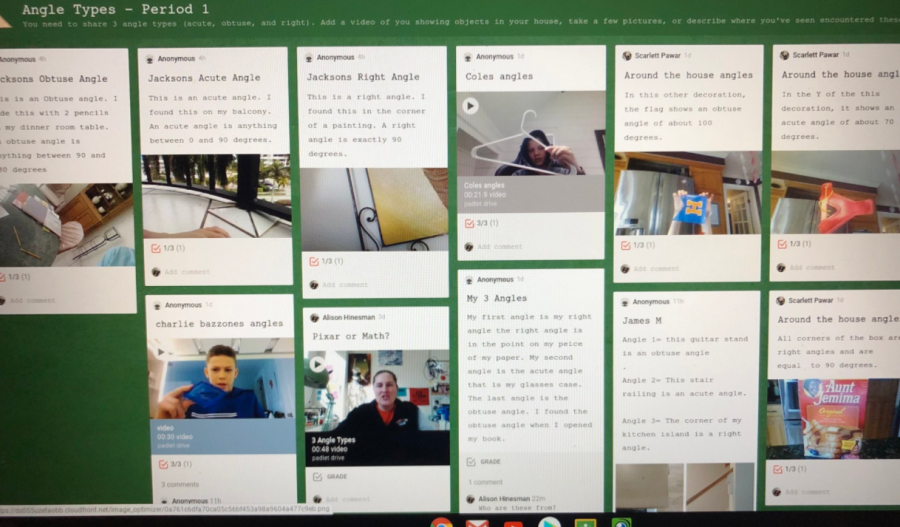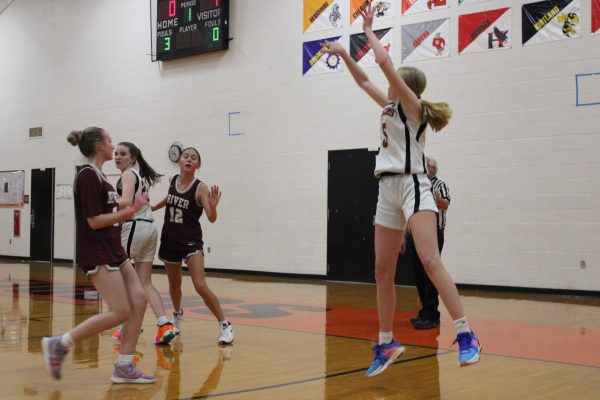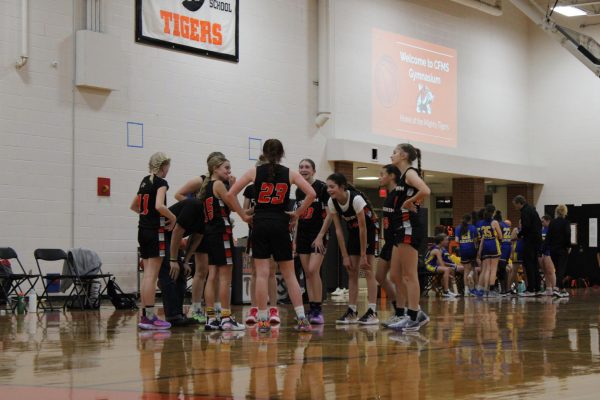Virtual Learning: The New Normal
On March 18, Chagrin Falls Schools rolled out a new plan for learning due to the recent outbreak of the COVID-19 virus. Since then, Chagrin Falls has shifted to a virtual learning environment for all students.
Governor Mike DeWine announced on March 12 that Ohio schools will be closed until April 6. Later, it was extended to May 1. Many states have enacted similar school closures. Roughly 2.7 million students and over 132,000 schools in the United States are taking part in virtual learning, which means daily online education. Chagrin Falls is among these school systems.
Administrators of the Chagrin Falls school district met on March 13 to discuss how this plan was going to work. Although schools are required to submit an Emergency Operation Plan (EOP) to the state each year, such plans do not necessarily address a pandemic such as COVID-19.
“I would describe this to be very broad in nature to provide general guidance,” said Chagrin Falls superintendent Dr. Robert Hunt. “Actually closing school and creating a virtual learning environment for students required a significant amount of work and planning.”
The last day of traditional school was March 12, the first day of virtual learning was March 17. The teachers had only 5 days to prepare a fully online school.
Moving to this virtual environment, teachers discussed some of their biggest priorities, such as how to organize the classroom layout, the weekly agenda and making assignments easier to complete outside of the classroom.
“The biggest challenge that I have had is making sure I am meeting the needs of all my students,” commented Intervention Specialist Brian Johnson. “I want to make sure everyone is getting what they need and learning as much as possible.”
Perhaps the greatest challenge facing teachers was the need to replace face-to-face connections with students. The solution was to use meeting platforms like Zoom and Google Hangouts.
“I do like hangouts because I miss my students so much, and it makes me feel more connected to everyone,” said 7th-grade math teacher Alison Hinesman. “But hangouts could never replace being with everyone in a classroom.”
Dr. Hunt acknowledges that virtual learning cannot replace traditional, in-person, daily education of students, but believes the staff of Chagrin Falls is making the best of the situation that has been forced upon them. “Our goal is to try to keep our students connected with their teachers and our schools. Isolation is difficult and we want our students to know we are here for them,” he said.

Greg will be working with web design. Greg’s favorite color in green. Greg likes to play instruments to build with and legos. Greg’s favorite book...










